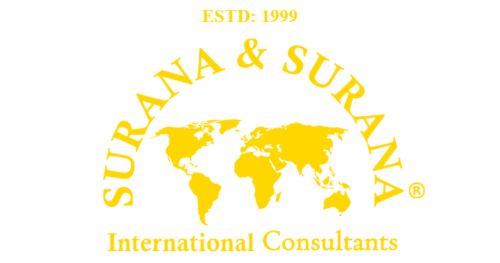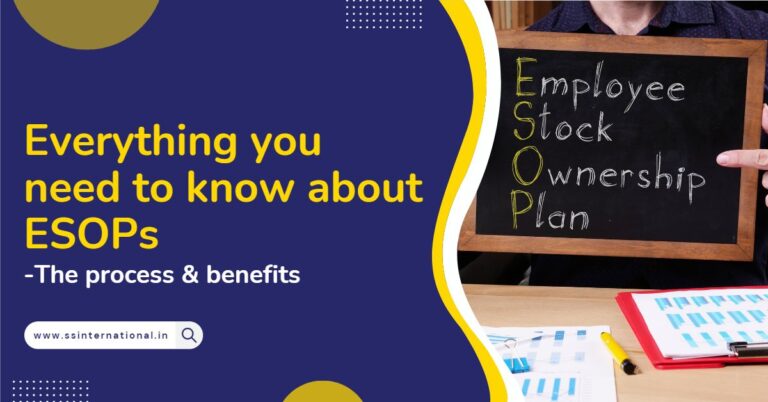In today’s rapidly evolving business environment, effective decision-making is more critical than ever. At the helm of this decision-making process lies the board of directors, entrusted with guiding the company’s strategic direction and ensuring its long-term success. A 2024 study found that companies with strong board governance practices outperform their counterparts by an average of 14% in total shareholder return (TSR) over a five-year period. This statistic underscores the undeniable link between effective board governance and superior corporate performance.
However, navigating the complexities of board decision-making requires a well-defined framework and a commitment to best practices. This blog post will serve as your compass, outlining the key elements of effective board governance and providing actionable insights to ensure your board is equipped to make informed, strategic decisions that propel your company towards sustainable growth.
Key Elements of Effective Board Governance
Board Composition:
An effective board consists of individuals from diverse backgrounds, skills, and experiences that complement each other, enhancing decision-making through a range of perspectives. Diversity in expertise—from finance and marketing to technology and human resources—ensures that the board can comprehensively address various aspects of the company’s strategy and risk.
Clear Roles and Responsibilities:
Clearly delineated roles and responsibilities are critical to prevent overlap and ensure efficient governance. This clarity allows board members to focus on strategic oversight rather than day-to-day management, with distinct boundaries between the board’s strategic functions and management’s operational roles.
Effective Communication:
Open lines of communication are essential for fostering a transparent and accountable governance environment. This includes not only interactions among board members but also between the board, management, and other stakeholders. Effective communication ensures that all parties are aligned and informed, facilitating better strategic decisions and organizational cohesion.
Strong Committee Structure:
Specialized committees focus on critical aspects such as audit, risk management, and compensation. Each committee should have clear objectives and members with relevant expertise, enabling detailed scrutiny and oversight of specific areas. This structure supports the board by allowing detailed examination of complex issues and informed reporting back to the full board.
Regular Board Meetings and Agendas:
Regularly scheduled meetings with carefully planned agendas are crucial for maintaining focus on the organization’s strategic direction. These meetings should prioritize strategic discussion and decision-making rather than routine management reporting. Effective agendas help in ensuring that significant time is dedicated to critical issues, promoting thorough discussion and thoughtful decision-making.
Ongoing Training and Development:
Continuous education and training for board members ensure they remain current on governance best practices, regulatory changes, and emerging trends relevant to their roles. This ongoing development is crucial for maintaining a high-performing board capable of navigating complex business landscapes and enhancing the organization’s strategic capabilities.
Best Practices for Effective Board Decision-Making
Focus on Strategic Issues:
Board decision-making should concentrate on long-term strategic planning rather than getting entangled in the minutiae of daily operations. This focus helps maintain the direction and integrity of the organization’s overarching goals.
High-Quality Information and Analysis:
It’s imperative that board members have access to comprehensive, accurate, and timely information. This supports informed decision-making and enhances the overall quality of board discussions and outcomes.
Encouraging Open Discussion and Debate:
Creating an environment where board members feel comfortable engaging in open discussions and challenging each other’s assumptions is crucial. This practice encourages diverse perspectives and leads to more robust decision-making.
Risk Management and Mitigation:
Integrating risk assessment and mitigation into decision-making processes ensures that decisions are well-informed and consider potential impacts on the organization’s risk profile.
Accountability and Transparency:
The board must uphold accountability for its decisions and maintain transparency with stakeholders. This accountability fosters trust and ensures that the board’s decisions align with ethical standards and stakeholder expectations.
Benefits of Effective Board Governance
Enhanced Strategic Decision-Making:
Effective board governance fosters a decision-making process that is both strategic and informed, enhancing the organization’s ability to achieve long-term goals. Boards that function well tend to deliberate more thoroughly, considering various scenarios and strategic fits before making decisions.
Improved Risk Management:
A robust governance framework significantly improves an organization’s capability to identify, assess, and mitigate risks. Effective boards ensure that risk management processes are integrated into all critical decision-making, enhancing the organization’s resilience and crisis preparedness.
Increased Investor Confidence:
Investors are more likely to trust and invest in companies with strong governance structures. Transparency, accountability, and clear strategic direction communicated by an effective board enhance investor confidence and can lead to better terms in capital access.
Enhanced Long-Term Value Creation:
Boards that govern effectively are pivotal in steering the company towards sustainable growth and value creation. By prioritizing long-term over short-term gains, these boards ensure that the company continues to develop in a way that maximizes shareholder value over time. This approach involves careful strategic planning, stakeholder engagement, and adherence to ethical business practices.
Conclusion: Charting a Course for Success with Effective Board Governance
In conclusion, effective board governance is not simply a box-ticking exercise; it’s the cornerstone of strong corporate leadership and a critical driver of long-term business success. By implementing the best practices outlined in this blog post, you can foster a board environment that prioritizes strategic thinking, promotes informed decision-making, and fosters accountability.
Remember, a well-governed board equipped with the right tools and resources can navigate complex challenges, seize emerging opportunities, and propel your company towards a brighter future. Don’t settle for mediocrity – elevate your board practices and unlock the full potential of your organization.
Ready to embark on a journey towards stronger board governance? SSIC’s team of governance experts can provide comprehensive guidance and support. We offer a wide range of services, from board evaluation and development to crafting customized governance frameworks. Contact us today to discuss your specific needs and explore how we can help your board become a more effective decision-making force.
By prioritizing effective board governance, you’re not just making a sound business decision; you’re investing in the future of your company and ensuring its continued success for years to come.




